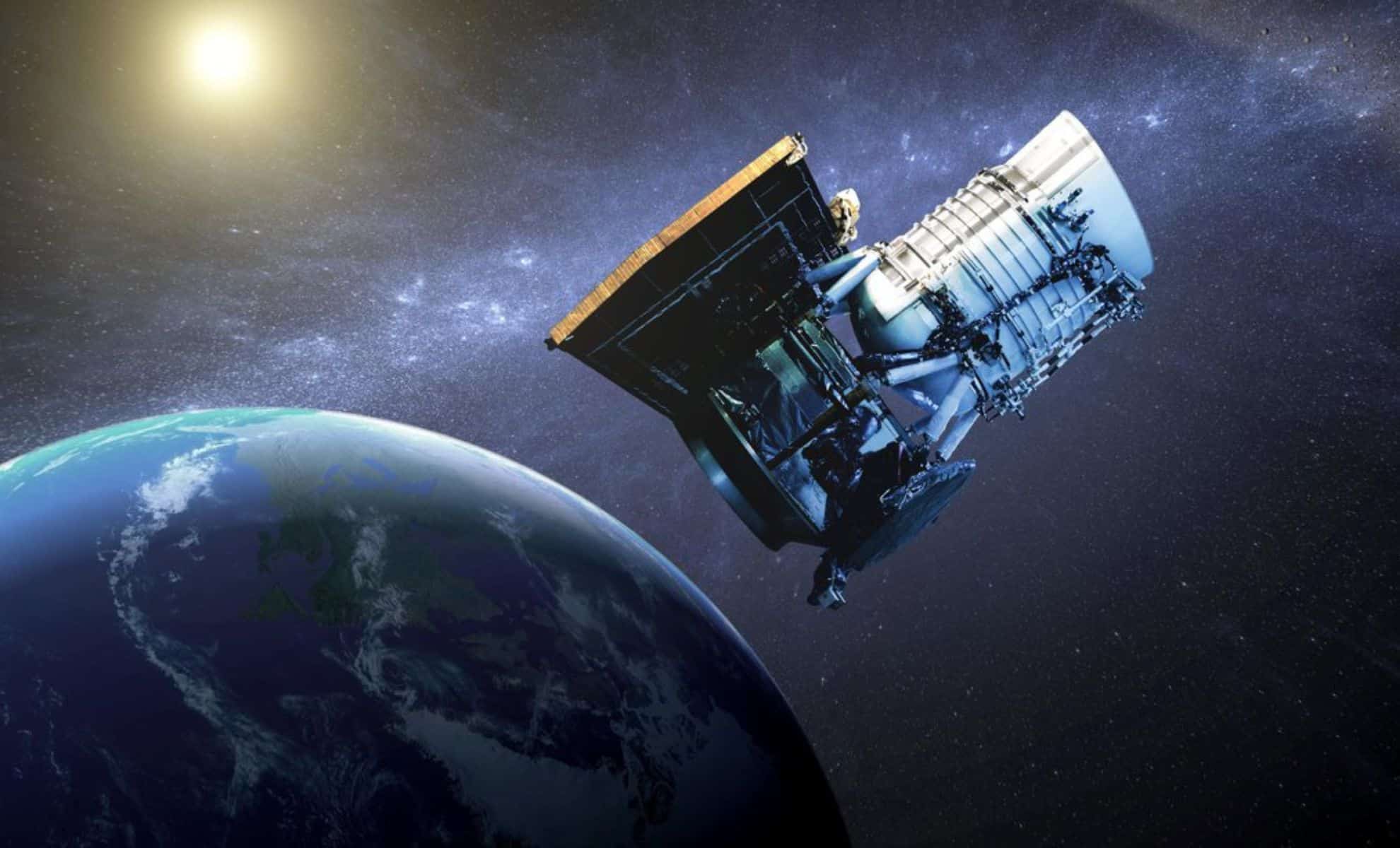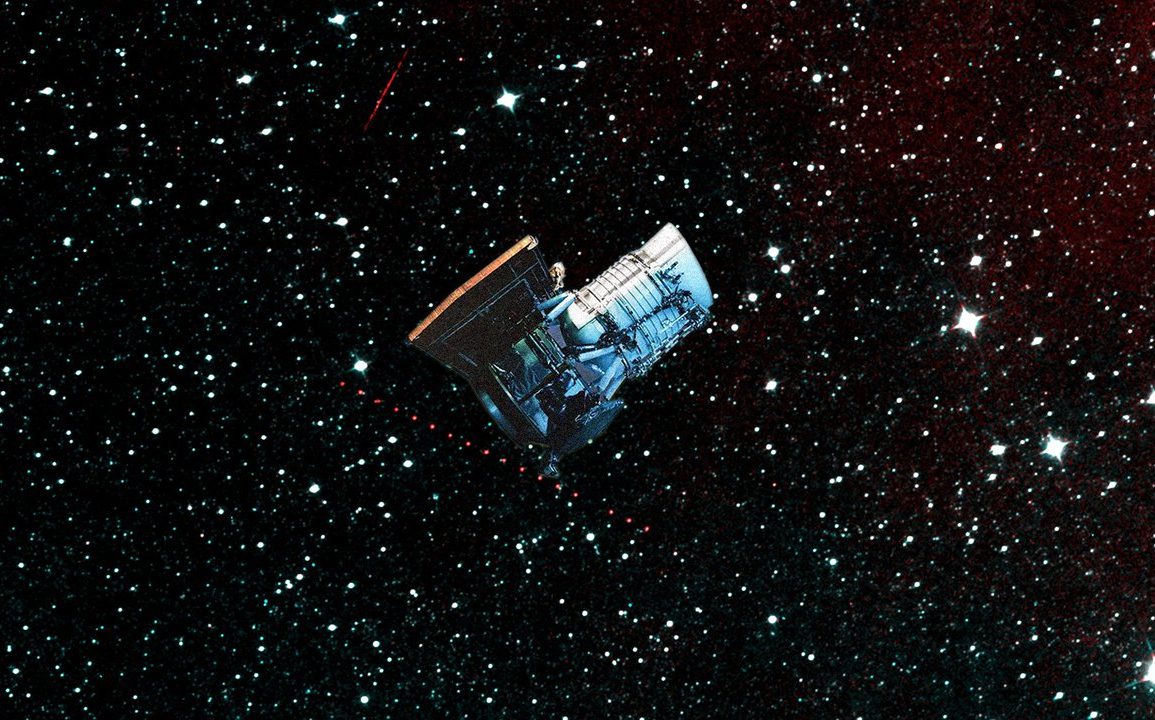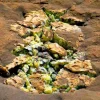NASA’s NEOWISE spacecraft, the only space telescope dedicated exclusively to planetary defense, has concluded its mission after 15 years of service. NEOWISE, originally launched as WISE (Wide-field Infrared Survey Explorer) in 2009, was designed to map the sky in infrared to study celestial objects.
Although it was intended for a seven-month mission, NEOWISE significantly outlasted its original timeframe, detecting over 200 previously unknown near-Earth objects, including 25 new comets, and gathering extensive data on thousands of other solar system objects.
The mission officially ended on July 31, and NEOWISE’s operational life is coming to a close as it faces reentry into Earth’s atmosphere. The spacecraft has been gradually falling toward Earth due to the lack of propellant to boost it into a higher orbit.
The end is expected to come in late 2024 when it will safely burn up in the atmosphere. Despite its eventual demise, NEOWISE has provided invaluable data and exceeded expectations, as noted by Amy Mainzer, the principal investigator for both NEOWISE and its planned successor, NEO Surveyor.

NEOWISE’s journey began with an ambitious goal to survey the sky in infrared, searching for ancient cosmic emissions. After its initial mission revealed its exceptional sensitivity, NASA extended NEOWISE’s mission to explore the asteroid belt between Mars and Jupiter.
Following a period of hibernation due to depleted coolant, the telescope was revived in 2013 to focus on near-Earth objects, continuing its work for an additional decade. Notably, it discovered the comet C/2020 F3 NEOWISE, which became a well-known celestial event when it passed Earth in 2020.
The end of NEOWISE’s mission creates a temporary gap in dedicated space-based planetary defense efforts. Currently, no other NASA space telescope focuses exclusively on detecting near-Earth objects, which could potentially threaten our planet.
However, the upcoming NEO Surveyor, scheduled for launch no earlier than 2027, is designed to take over this role. NEO Surveyor will be more advanced, capable of scanning the sky every two weeks and detecting objects near the sun, an area where NEOWISE had limitations.
In the interim, ground-based observatories will play a crucial role in monitoring near-Earth asteroids. Facilities such as the Catalina Sky Survey and Pan-STARRS have been instrumental in detecting and tracking these objects. Thanks to these efforts, astronomers have successfully mapped over 34,000 near-Earth asteroids, with none currently posing a significant threat to Earth for at least the next century.

